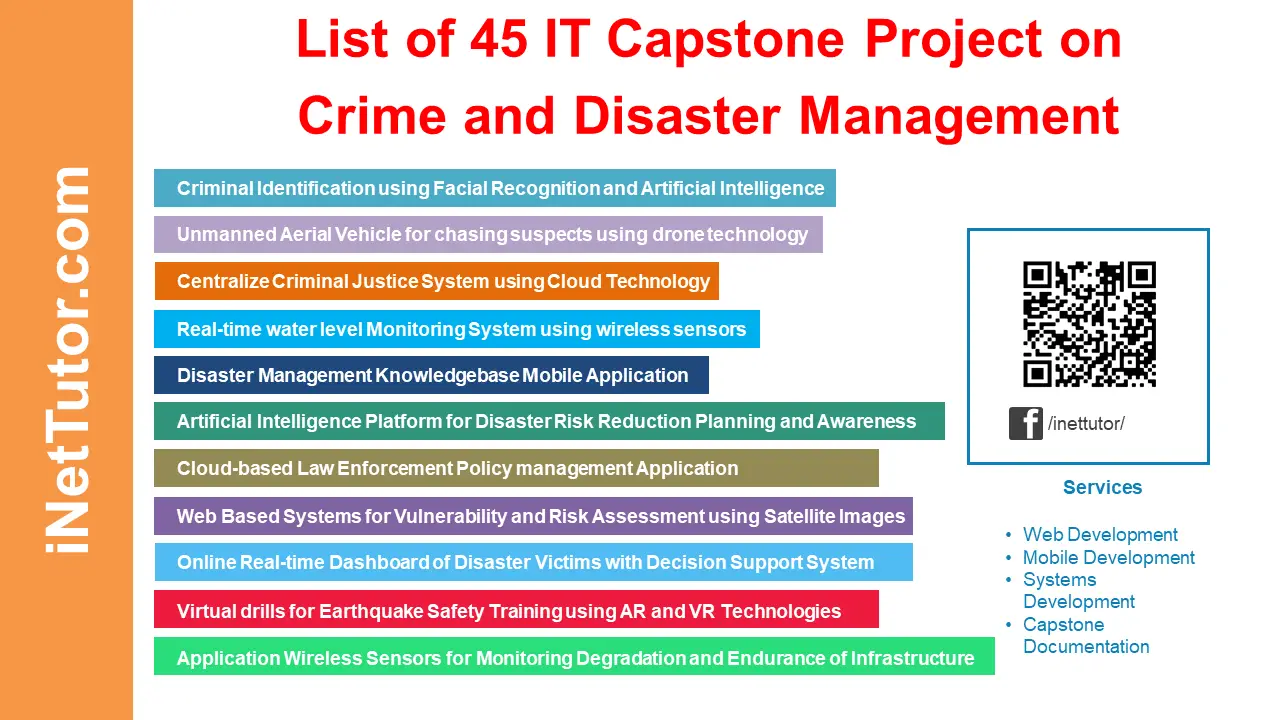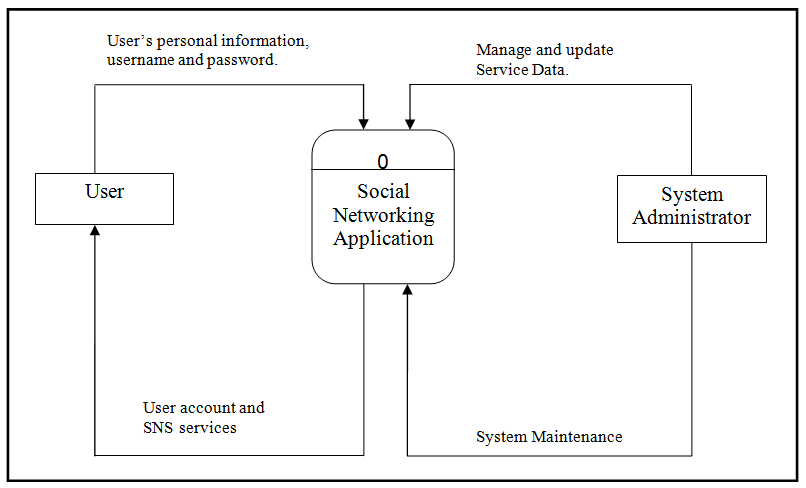Information System for Local Disaster Resilience
Project Context
Table of Contents
Natural disasters can have devastating consequences for society. These natural disasters cannot be stopped; nevertheless, the local government and the general public can prepare for the potential damages to mitigate the loss and damages they may suffer. Governments are now able to consider policies that were previously impossible due to technology. It is advantageous for the government to be able to foresee the region of impact prior to a disaster with the help of effective geo-location and scanning technologies. Technologies such as big data and others aid in providing early information.
The capstone project, entitled” Information System for Local Disaster Resilience,” is intended to serve as a centralized system and a reliable source of disaster updates, particularly disaster resilience, that might considerably benefit the public. The initiative will aid in the dissemination of information to assist communities and countries in becoming better equipped to endure and recover quickly from a disaster. Building disaster resilience in disaster management is a significant strategy to reduce disaster damage and losses. Indeed, the most effective method to secure a community’s future is to establish strong, healthy, and resilient communities that can resist and recover from disasters. This capstone project will serve as an all-in-one platform where all information about Local Disaster Resilience will be posted and will be highly accessible by the users.
Objectives of the Study
General Objective- The general objective of the project is to design, develop, and implement an Information System for Local Disaster Resilience that expands the capability and efficiency of public safety agencies and emergency respondents to protect and save people during emergencies most specially mitigate the damages.
The researchers specifically aim the following objectives:
- To design an Information System that eases up and streamlines data-sharing for local disaster resilience.
- To share uniform information for the community to use to be prepare and how to cope up in a disaster.
- To develop post valuable data about disaster resilience to save lives and mitigate loses during disasters.
- To present an available and accessible dataset and real-time information about local disaster.
- To introduce a more advanced emergency system that would improve public safety.
- To evaluate the system in terms of quality, reliability, maintanability, efficiency and productivity.
Significance of the Study
Local Disaster Management Agencies. The success of the project will expand and significantly improve their operation in responding to emergencies. They can better protect and serve the community during emergencies and feed the community with knowledgeable information that could help them during disaster and mitigate losses.
Community/People. The system can help them be prepared in case of emergencies. They will know what to do and cope up with disasters easily.
Researchers. Their experience in conducting the project will enhance their knowledge and skills as researchers.
Future Researchers. The study can serve as their reference and guide in developing their version of the Information System for Local Disaster Resilience.

Features of the Project
A system for local disaster resilience could have a variety of features, depending on the specific needs of the community it is designed for and the types of disasters it is meant to address. Some possible features of a web and mobile system for this purpose could include:
- Emergency alerts and notifications: This feature would allow the system to send out real-time alerts and notifications to users about imminent dangers or potential disasters, such as severe weather warnings or evacuation orders.
- Disaster-specific information: The system could provide detailed information about various types of disasters, such as hurricanes, floods, or wildfires, along with information on how to prepare for and respond to each type of disaster.
- Emergency resources and services: The system could provide users with access to a range of emergency resources and services, such as emergency shelters, medical facilities, and evacuation routes.
- Community forums and chat: The system could include a feature that allows users to communicate with each other, share information, and ask for help. This could be especially useful during a disaster when traditional communication channels may be down.
- Personalized emergency plans: The system could help users create personalized emergency plans based on their specific needs and the types of disasters they are most likely to face.
- Network of volunteer and donation management.
- Crowdsourced real-time hazard and damage reports
- Interactive maps and geolocation services: The system could include interactive maps that allow users to view evacuation routes, emergency shelters, and other critical locations. And with geolocation services, it could send alerts and notifications based on users’ locations.
- Multi-lingual Support: As disaster can happen in any location, system should support different languages to reach larger number of people.
This is not an exhaustive list, and the specific features of a disaster resilience system will depend on the community it is being designed for. However, these are some common features that might be included in such a system.
Conclusion
Disaster preparedness is one of the most important aspects of efficiently responding to calamities and mitigating damages and losses. The researchers undertook the study in order to create an Information System that will aid in the provision of all types of datasets required to efficiently manage and respond to emergencies, including catastrophe resilience. The study’s findings revealed that the built data platform meets the demands and expectations of the target users and respondents. The system was evaluated satisfactorily by the vast majority of responders.
Hence, the researchers concluded that the Information System for Local Disaster Resilience is an effective tool to address the need for an accurate and adequate volume of data needed for disaster preparedness and how to cope up for the aftereffects. The system will expand the capability and efficiency of public safety agencies to protect and save people during emergencies and for people also to be knowledgeable enough about disaster preparedness and resilience.
Recommendations
The researchers strongly advise that the Information System for Local Disaster Resilience be implemented. The produced project is highly suggested due to the efficiency and dependability it can provide to the target end-users. The study’s researchers emphasize that the system’s target end-users need become acquainted with it in order to accurately and properly use it.
The following are the specific recommendations of the researchers:
- The researchers recommend that local disaster management units and the community should adapt the use of the information system to have a reliable source of information about disaster preparedness and resilience.
- The implementation of the system will present available and accessible datasets and real-time information about local disasters.
- The system is highly reliable, accurate, and accessible which will increase the possibility of saving lives.
FREE DOWNLOAD SOURCE CODE (template of the project is still on-going, bookmark the page for updates)
Summary
The capstone project, “Information System for Local Disaster Resilience,” aims to serve as a centralized system and a dependable source of disaster updates, particularly disaster resilience, that might greatly benefit the public. The effort will aid in the transmission of knowledge to help communities and countries better prepare for and recover from disasters. The researchers concluded that the Information System for Local Disaster Resilience is a useful instrument for addressing the demand for an accurate and sufficient volume of data for disaster preparedness and how to cope with the aftermath. The researchers recommend that local disaster management units and the community adapt their use of the information system in order to have a credible source of disaster preparedness and resilience information.
Readers are also interested in:
List of 45 IT Capstone Project on Crime and Disaster Management
Evacuation Center Management System ER Diagram
Evacuation Center Management System Database Design
You may visit our Facebook page for more information, inquiries, and comments. Please subscribe also to our YouTube Channel to receive free capstone projects resources and computer programming tutorials.
Hire our team to do the project.


